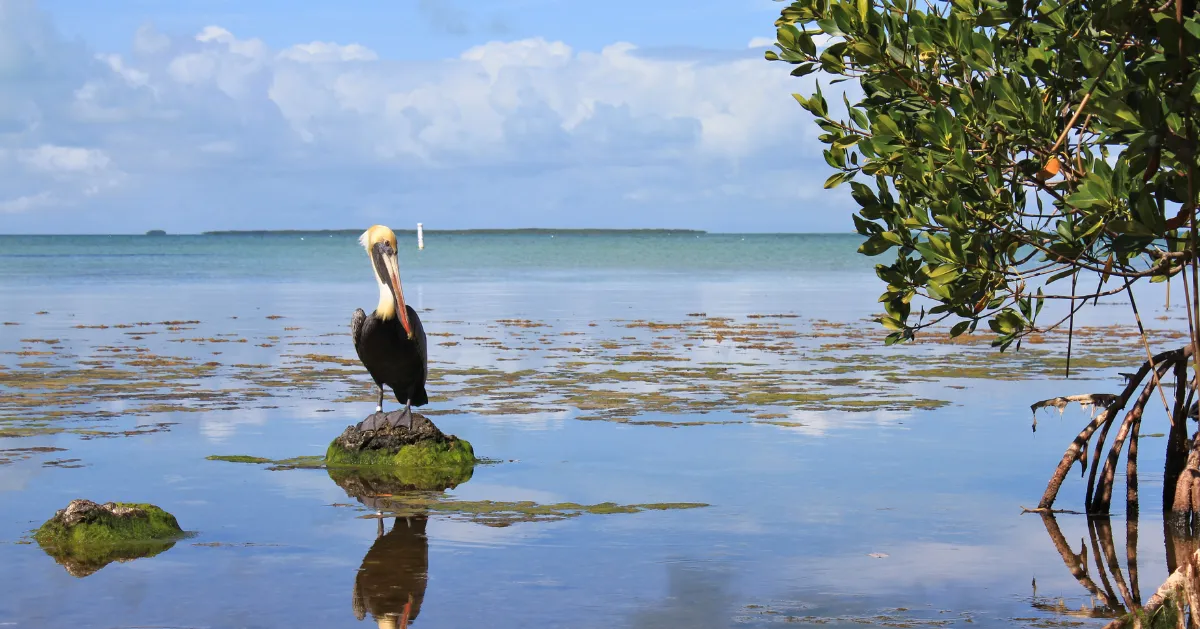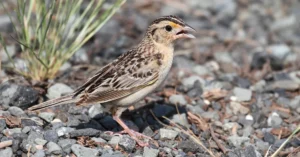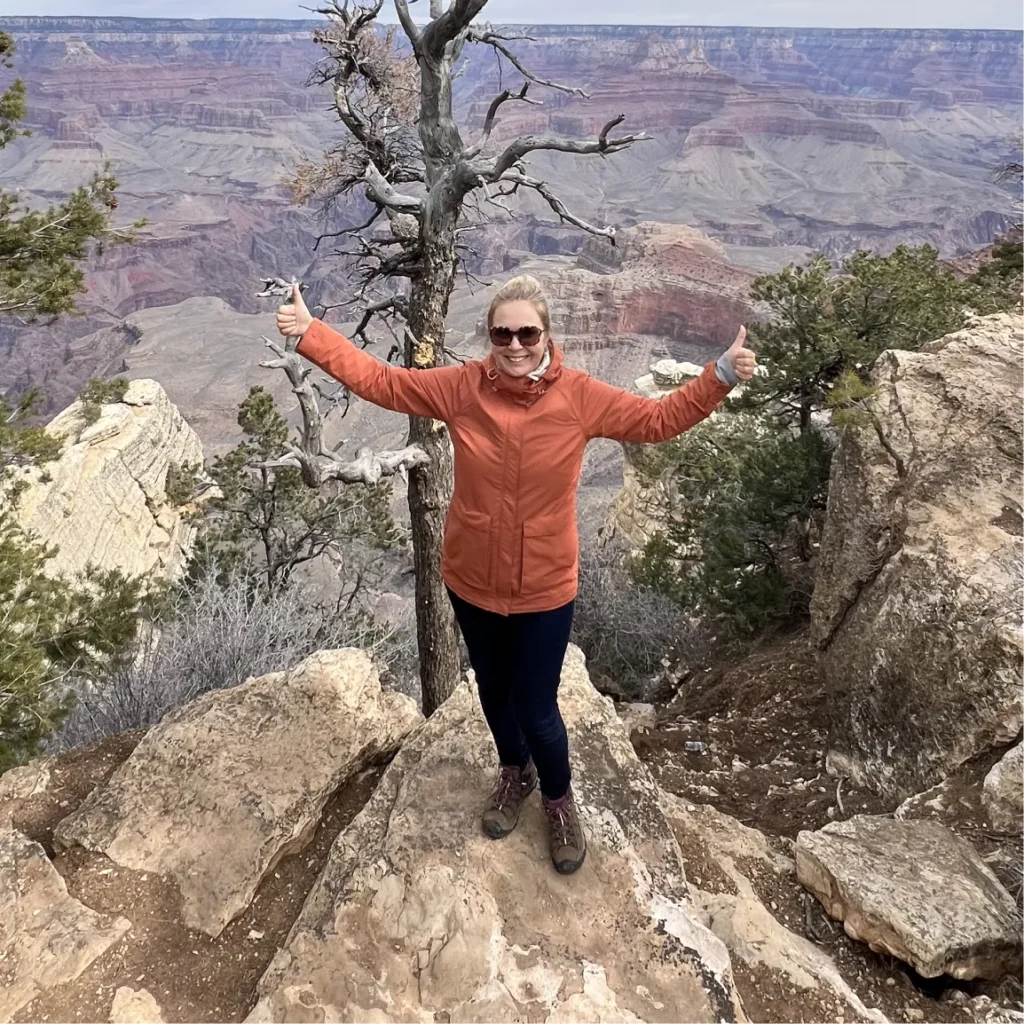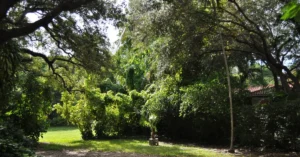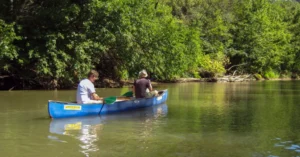Many animals around us are in danger of disappearing forever. Endangered species watching helps us learn about these animals and how we can help them. It’s important to see these animals safely and respectfully, without disturbing their lives.
This way, we show we care and help protect them for the future. Our blog will talk about ten special animals that need our help. We will also share five great places where you can watch these animals. By watching them, you learn more about them.
This helps us all understand why we need to protect them. Join us to see these amazing creatures in their natural homes and learn how you can help make a difference. This is a fun way to help and learn at the same time.
Understanding Endangered Species
What does it mean when we say an animal is endangered? It means there are not many left. They might disappear forever if we don’t help. It’s important to help because every animal has a role in nature. They help keep the environment healthy.
We share the planet with many other living things. Each animal fits into a puzzle that keeps nature working right. When one disappears, it can mess up the whole puzzle. That’s why watching endangered species is more than just looking at them. It’s about understanding them and helping them.
Endangered species watching is a way to care. It shows we want to help these animals survive. When we watch them the right way, we learn a lot. We see what they need to live. We learn how to protect them.
Featured Endangered Species And Their Habitats
Next, let’s meet some special animals that need our help. We’ll learn where they live and how we can watch them safely. Each animal is unique and important. Let’s see where you can find these amazing creatures and help them at the same time.
1. Florida Panther
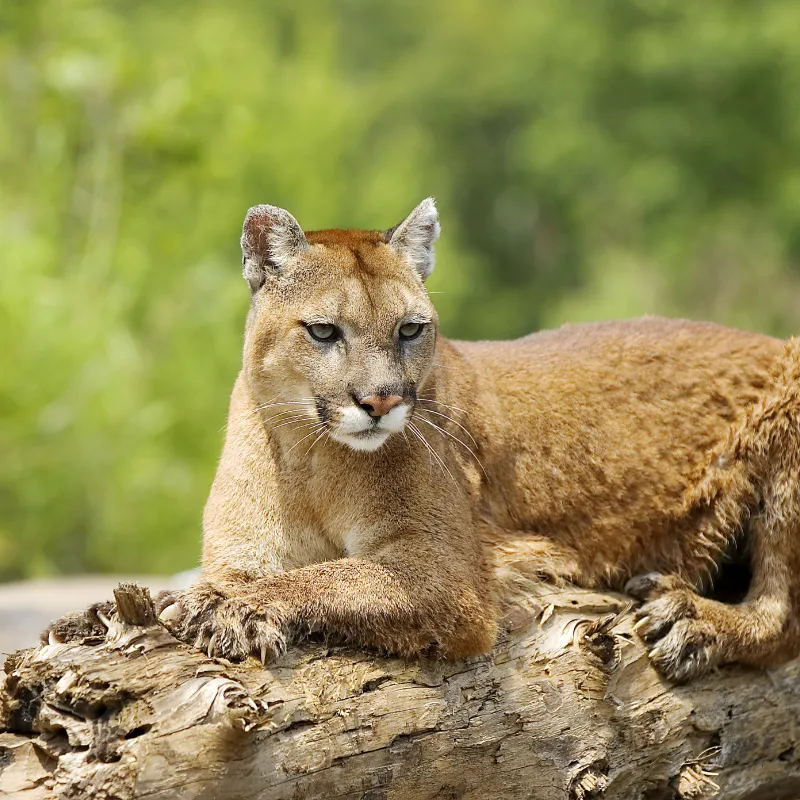
The Florida panther, once roaming freely across the Southeastern United States, now clings to survival in the smaller stretches of wilderness in Florida. This majestic cat, with its tawny coat and elusive nature, is a symbol of the wild that once dominated these regions. Today, Florida panthers face many challenges, including habitat loss and reduced genetic diversity.
Understanding and observing these animals in their natural habitat can play a crucial role in their conservation. By responsibly watching these creatures, we not only witness their beauty but also contribute to the ongoing efforts to save them.
Habitat
Florida panthers primarily dwell in the forests and swampy areas of southern Florida. They require large territories for hunting and survival, thriving in undisturbed wilderness. As solitary creatures, panthers are adapted to a life hidden among the dense foliage, making them a rare sight for visitors.
Best Places To Watch
The vast and verdant Florida Everglades offer the best opportunity to catch a glimpse of the Florida panther in its natural setting. Visiting the Everglades National Park, especially during the cooler parts of the day such as early mornings or late evenings, increases your chances.
2. Lesser Prairie Chicken
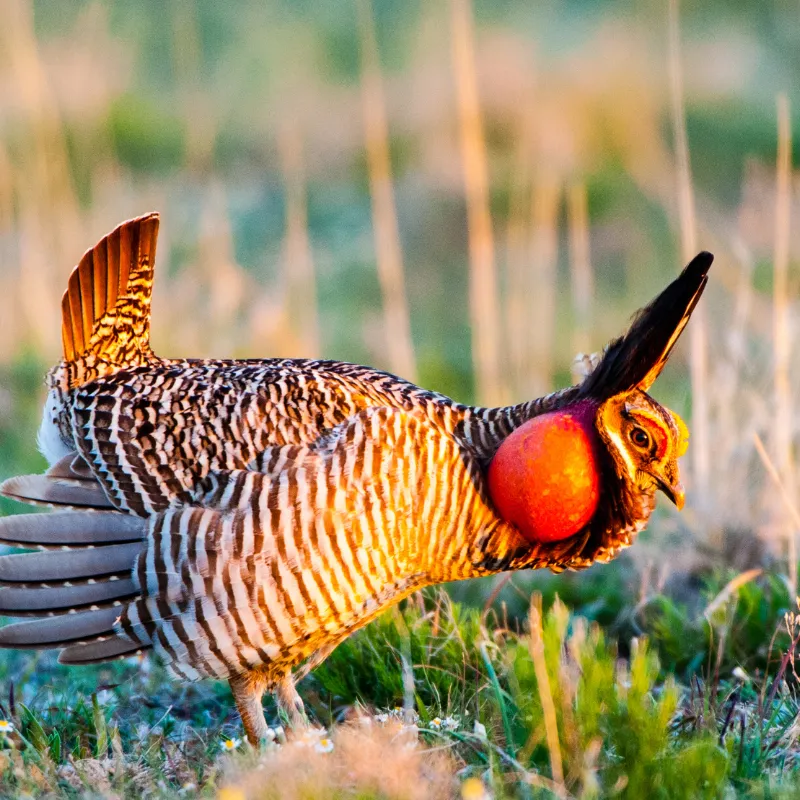
The lesser prairie chicken, a ground-dwelling bird, thrives in the native grasslands of the central United States. This species, known for its distinctive booming calls and elaborate mating dances, has seen its population dwindle by over 90% in the last century. Habitat fragmentation, primarily due to agricultural expansion and urban development, poses a severe threat to their survival.
Conservation efforts focus on habitat restoration and protection to reverse this decline. Observing these birds in their natural setting not only provides a unique wildlife experience but also emphasizes the importance of sustainable land management practices.
Habitat
Lesser prairie chickens inhabit the vast grasslands of the central U.S., where they blend into the tall grasses. They rely on this environment for nesting and feeding. The preservation of these grasslands is critical for their survival, as it supports their breeding and daily life activities.
Best Places To Watch
For the best chance to see the lesser prairie chicken, head to the grasslands of Kansas. These areas are particularly good for observing their springtime dances. Wildlife refuges and protected areas offer guided tours during mating season, providing a safe and ethical way to witness these birds.
3. Devil’s Hole Pupfish

The Devil’s Hole pupfish is an incredible survivor, living in the most unlikely of places—a deep, water-filled cavern in Nevada’s Mojave Desert. This tiny blue fish is one of the world’s most endangered species, with populations often fluctuating below a hundred individuals.
Their survival is tightly linked to the specific conditions of their aquatic habitat, which is threatened by water extraction and climate change. Observing these fish, though challenging, highlights the fragility of desert ecosystems and the extraordinary adaptations of life. Conservation efforts focus on maintaining the delicate balance of their unique environment.
Habitat
Devil’s Hole pupfish inhabit a single, deep, water-filled cavern in Devil’s Hole, part of the Ash Meadows National Wildlife Refuge in Nevada. They have adapted to extreme conditions with very limited space and resources, making them highly vulnerable to environmental changes. The constant 93°F (34°C) water temperature and oxygen-poor environment define their critical habitat.
Best Places To Watch
The best—and only—place to see the Devil’s Hole pupfish is at the viewing platform at Devil’s Hole in Nevada. Visits are restricted to protect the fragile ecosystem, with spring being the best time to observe their spawning behavior. The platform allows observers to glimpse into their unique world without disturbing it.
4. Bryde’s Whale

Bryde’s whale, named after the Norwegian consul Johan Bryde who helped build the first whaling stations in South Africa, remains one of the least known among large whales. These majestic creatures are found in warm temperate and tropical waters worldwide, including the Gulf of Mexico.
Their population is under threat due to ship strikes and entanglement in fishing gear. Observing these gentle giants offers a glimpse into the complexity of marine ecosystems and highlights the urgent need for marine conservation efforts to ensure their survival and the health of our oceans.
Habitat
Bryde’s whales inhabit offshore and coastal waters, especially in areas with high sea surface temperatures. They are frequently seen in the Gulf of Mexico, where they feed on dense aggregations of small fish and plankton. Protecting these feeding grounds is crucial for their survival, as it supports their health and reproductive success.
Best Places To Watch
The Gulf of Mexico off the coast of Florida is an excellent spot to watch Bryde’s whales, particularly from late winter to early spring. Boat tours available from the Florida Keys offer opportunities to see these whales in their natural habitat, while promoting responsible wildlife watching practices.
5. North Atlantic Right Whale

The North Atlantic right whale, once hunted nearly to extinction for its oil and baleen, is now one of the most endangered whales in the world. With a population of only about 400 individuals remaining, every sighting is critical for scientific research and conservation.
These whales are easily identifiable by their distinctive callosities and lack of a dorsal fin. Efforts to protect them focus on reducing ship strikes and fishing gear entanglements. Observing these majestic creatures responsibly can raise awareness and support for their conservation, highlighting the need for immediate action to ensure their survival.
Habitat
North Atlantic right whales prefer shallow, coastal waters along the eastern seaboard of North America. They migrate seasonally between their southeastern U.S. calving grounds and northeastern U.S. and Canadian feeding grounds. These areas are rich in zooplankton, which form the bulk of the right whale’s diet, making them essential for their feeding and breeding.
Best Places To Watch
The coastal waters off Georgia and Florida are prime locations for watching North Atlantic right whales, especially during the winter calving season. Observers can often spot these whales from shore or by joining guided boat tours that adhere to strict viewing guidelines to avoid disturbing the whales.
6. Monarch Butterfly

The Monarch butterfly, known for its vibrant orange and black wings, undertakes one of the most remarkable migrations of any insect, traveling thousands of miles from North America to central Mexico and back. This incredible journey is essential for their lifecycle, yet it is threatened by habitat loss and climate change.
Observing Monarch butterflies during their migration is not only a beautiful experience but also an educational one that highlights the importance of conservation efforts to protect these iconic insects and their migratory routes.
Habitat
Monarch butterflies thrive in diverse habitats, ranging from meadows to forests, as long as milkweed—the only food source for their larvae—is available. During their migration, these butterflies rely on a chain of habitats across North America for breeding and feeding, making each site critical for their survival and successful migration.
Best Places To Watch
Coastal California offers some of the best spots to watch Monarch butterflies, particularly during their winter hibernation from October to February. Sites like Pismo Beach and Pacific Grove host thousands of Monarchs clustering together in eucalyptus and pine trees, providing a spectacular view.
7. Delta Smelt

The Delta Smelt is a tiny, often overlooked fish that lives exclusively in the upper reaches of the Sacramento-San Joaquin Delta in California. Despite its small size, the Delta Smelt plays a significant role in indicating the health of its freshwater habitat.
Sadly, its population has drastically declined due to water pollution, habitat destruction, and water diversion for agriculture. Protecting the Delta Smelt is crucial not just for the species itself but also for the overall ecosystem of the Delta, which supports a myriad of wildlife.
Watching and understanding the challenges faced by the Delta Smelt can inspire conservation efforts and sustainable water management practices.
Habitat
Delta Smelt inhabit the brackish waters of the Sacramento-San Joaquin Delta, thriving in areas with low salinity and abundant aquatic vegetation. This environment is critical for their survival, providing essential nutrients and shelter from predators. Conservation efforts focus on restoring and maintaining this delicate habitat to prevent the extinction of this vulnerable species.
Best Places To Watch
The Sacramento-San Joaquin Delta is the best location to observe the Delta Smelt, though actually spotting one is challenging due to their small size and declining numbers. Environmental education centers in the area often provide information and guided tours focusing on the ecosystem.
8. Florida Manatee

The Florida manatee, also known as the sea cow, is a gentle giant of the coastal waters and rivers of Florida. These aquatic mammals are cherished for their slow-moving, graceful nature and are a favorite among wildlife watchers. Despite their popularity, manatees face threats from boat strikes and habitat loss.
Efforts to protect them include speed restrictions in manatee habitats and conservation programs. Observing manatees in their natural environment allows us to appreciate their serene presence and underscores the importance of safeguarding their habitats for future generations.
Habitat
Florida manatees inhabit the warm waters of Florida’s rivers, bays, and coastal areas. They are particularly fond of shallow, slow-moving waters where they graze on a variety of submerged and floating vegetation. The warm water is crucial for their survival, especially in winter when they seek out natural and artificial warm-water refuges.
Best Places To Watch
Crystal River in Florida provides one of the best opportunities to observe Florida manatees, especially during the cooler months from November to March. Here, manatees congregate in large numbers to enjoy the warm spring-fed waters. The area is equipped with viewing platforms and offers guided boat tours that allow for close, yet respectful, observation.
9. California Condor
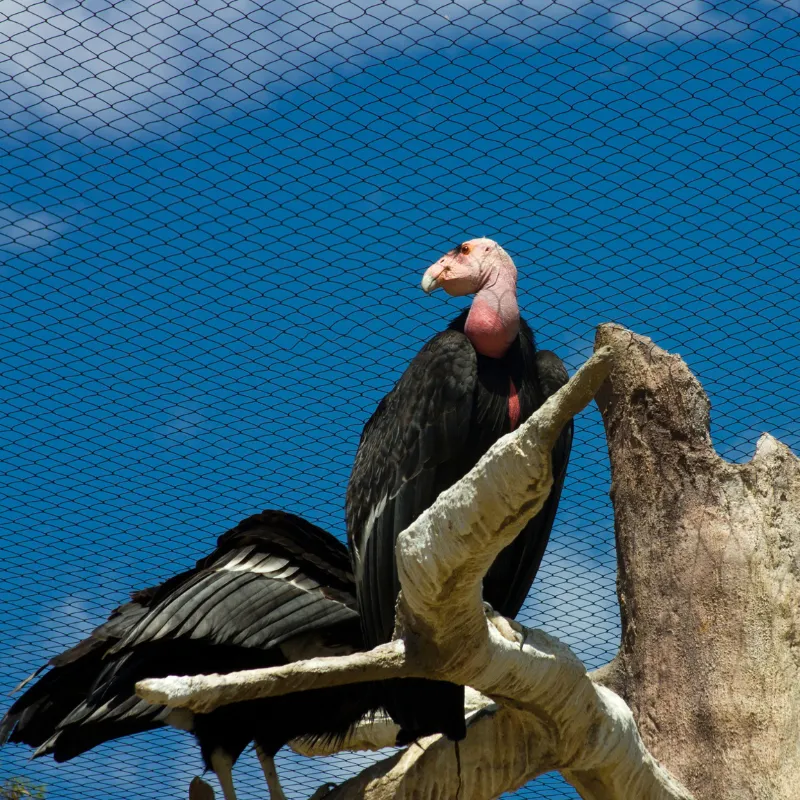
The California condor, one of the world’s largest birds, is a remarkable story of survival. Once on the brink of extinction, intensive conservation efforts have helped to slowly increase their numbers. These majestic birds, with wingspans up to 10 feet, captivate observers with their soaring flights.
The California condor is a symbol of conservation success but remains critically endangered, reliant on continued human support and intervention. Watching these birds in their natural habitat is an awe-inspiring experience that reinforces the importance of wildlife conservation and the need to protect these unique creatures for future generations.
Habitat
California condors inhabit rugged mountainous regions of California, Arizona, and Baja California, preferring large open spaces where they can glide on thermal currents. These birds are scavengers, primarily feeding on carrion. Their survival is dependent on vast territories of wild, undeveloped land, which are crucial for their nesting and foraging.
Best Places To Watch
Big Sur, California, offers one of the best settings to observe California condors in the wild. The high cliffs along the coastline provide perfect perches for these birds, and the area’s expansive views make it easier for wildlife enthusiasts to spot them in flight.
10. Loggerhead Sea Turtle

The Loggerhead sea turtle, recognized by its large head and robust body, is a marvel of marine life. These turtles traverse oceans but return to their birth beaches to nest, a journey fraught with hazards from natural predators and human activities.
Conservation efforts focus on protecting nesting sites and reducing bycatch in fishing gear. Watching Loggerhead sea turtles, especially during nesting season, offers a rare glimpse into their ancient lifecycle and emphasizes the critical need for ocean conservation to ensure these creatures can continue their epic journeys for generations to come.
Habitat
Loggerhead sea turtles are found in oceans worldwide but prefer temperate and subtropical waters. They frequent coastal habitats where they can find abundant food sources like crabs and conchs. Protecting these coastal zones is vital for their nesting and feeding, ensuring the turtles have safe areas to reproduce and thrive.
Best Places To Watch
The southeastern beaches of the United States, from North Carolina to Florida, are prime locations for watching Loggerhead sea turtles, particularly during the summer nesting season. Observers can witness these majestic turtles laying their eggs at night. Guided turtle walks provided by local conservation groups offer a respectful way to experience these moments.
Best Practices For Ethical Endangered Species Watching
Watching endangered species is exciting but comes with responsibility. We must watch them the right way to keep them safe and healthy. Here are some best practices to follow:
Ethical Guidelines
- Keep a Safe Distance: Always stay far enough away so you do not scare or disturb the animals. Use binoculars or zoom lenses to see them better.
- Do Not Feed Wildlife: Feeding animals can harm their health and change their natural behaviors. Always let them find their own food.
- Respect Natural Behaviors: Watch quietly and patiently. Let animals behave as they normally would without trying to attract their attention or interact with them.
Working With Guides
- Choose Reputable Guides: Make sure your guides are knowledgeable and follow ethical wildlife watching practices. Good guides help you understand more about the animals safely.
- Support Conservation Initiatives: Often, guides and tours contribute to conservation efforts. By choosing these, you help fund projects that protect animals and their habitats.
How Can You Enhance Your Watching Experience
Watching endangered species is more enjoyable when you’re prepared. Here are tips to enhance your experience and make it memorable.
Best Times To Visit
- Seasonal Timing: Research the best seasons for viewing. Many animals are more active during certain times of the year, like breeding or migration seasons.
- Time of Day: Early mornings or late evenings are often best. Animals are more active and temperatures are cooler.
Recommended Gear And Resources
- Binoculars: A must-have for spotting wildlife from a safe distance.
- Field Guides: Carry a field guide or use an app to help identify species and understand their behaviors.
- Comfortable Clothing: Wear appropriate clothing for the weather and terrain. Quiet, earth-toned clothes help you blend into the background.
- Camera with Zoom: For capturing distant wildlife without disturbing them, a camera with a good zoom lens is essential.
Additional Resources
- Local Wildlife Groups: Join tours or talks by local conservation groups to learn about specific species and their habitats.
- Conservation Websites: Websites of conservation organizations often provide valuable information on wildliafe watching and specific species.
Final Thoughts
Endangered species watching connects us to the natural world in profound ways. It teaches us about biodiversity and the urgent need for conservation. By observing these animals responsibly, we contribute to their protection and raise awareness.
Let’s cherish and preserve these incredible beings for future generations. Remember, every visit, every observation, and every story shared can make a difference in conservation efforts.

